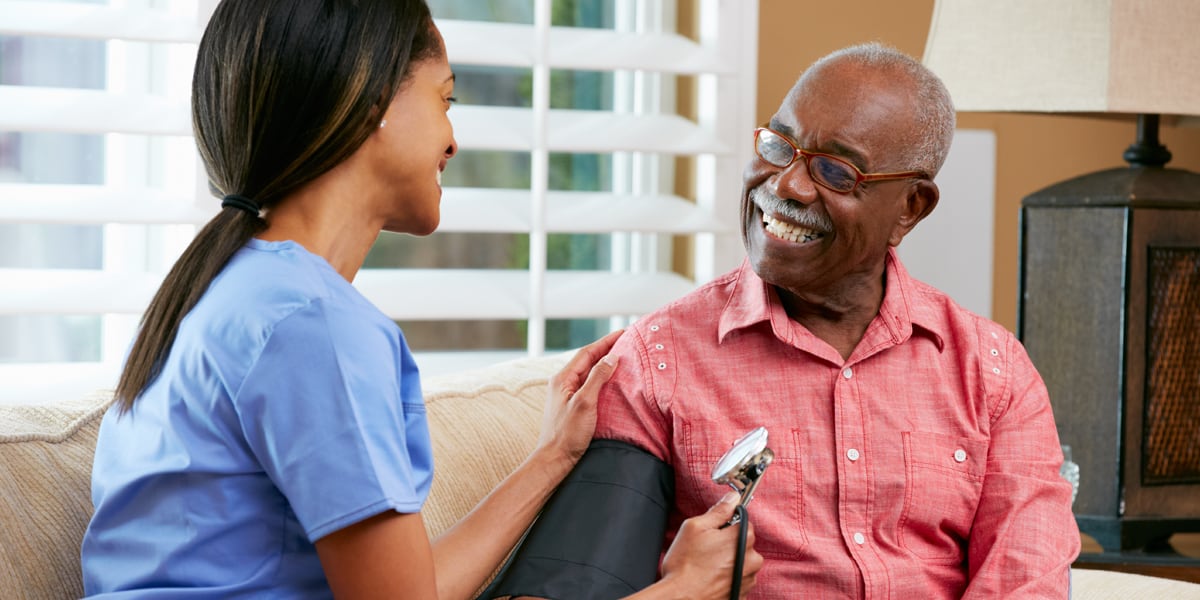
The topic of decentralised clinical trials (DCTs) has been gaining traction in the clinical research industry for a while, and the COVID-19 pandemic has only accelerated these discussions. In order to continue during this unprecedented time, many ongoing clinical trials have been forced to adopt virtual, remote, or home elements in order to navigate travel restrictions, accommodate social distancing measures, and keep patients safe.
It’s clear that decentralisation is changing the way the industry approaches product development. A new precedent is being set for the clinical trial model that put the needs of patients first.
Here, we explore how to look beyond the most common challenges faced by study organisers, and identify whether a clinical trial is an appropriate candidate for either a fully decentralised or hybrid model.
Why decentralise clinical trials?
The primary motive for adopting a decentralised or hybrid clinical trial model is to allow patients to participate in clinical studies with minimal disruption to their lives. This has a positive impact on patient retention, saving clinical research organisations billions of dollars and getting drugs to market faster.
DCTs are arguably the epitome of patient-centricity, and numerous studies have made the benefits clear. But that doesn’t mean DCTs don’t come with their challenges – such as novel study design and gaining regulatory approval – which means many sponsors are still reluctant to embrace a decentralised model.
However, research suggests that of the 55,000 clinical trials currently in progress around the world, a number are candidates for a fully decentralised model, whereas many others could benefit from embracing virtual elements.
The key challenges of decentralisation in clinical trials
When designing a DCT, it’s important to be aware of the main challenges you might encounter and look at how other sponsors and CROs have navigated these.
Once armed with this knowledge, you can make the decision as to whether:
- Potential risks can be sufficiently mitigated to justify decentralisation
- Overall benefits in terms of patient-centricity and trial efficiency outweigh potential risks
- Investment in developing processes for virtual elements will have long term benefits in terms of cost-saving and trial efficiency
- The integrity of the clinical trial can be sufficiently preserved with a fully or partially decentralised model
- There are likely to be any major regulatory or compliance issues which cannot be resolved
The most common challenges sponsors might encounter when moving to a DCT model are:
- Overcoming the perception of regulatory barriers – despite the fact that many regulatory agencies support decentralisation there is still a lack of industry guidance on compliance expectations for DCTs
- Adapting existing processes and quality management systems to accommodate decentralisation, such as clinical policies, standard operating procedures, and staff training
- Standardising, aggregating, and analysing higher volumes of data which may be gathered from mobile and wearable technologies during the study
- Qualifying and investing in regulatory compliant technologies which are easy to use and accessible for participants
- Effectively managing relationships and communications between investigators, healthcare professionals (HCPs), patients, and patients’ carers
- Ensuring a sufficient digital infrastructure and the necessity for investment in this before decentralised protocols can be introduced
- Managing the transportation of medications, ancillaries and samples and finding appropriately trained and compliant specialist couriers
Which elements of a clinical trial can be decentralised?
It’s important to emphasise that moving towards a DCT model does not need to be all-or-nothing. In fact, the majority of clinical trials will not be able to implement a fully decentralised model – especially in cases where the therapeutic area is especially complex, diagnostics like MRI scans are required, or treatments such as implants need to be administered. In these cases, some site visits will be necessary as it may not be appropriate or cost-effective to devolve these responsibilities to clinical locations outside of the main trial site.
Even in these cases, partially decentralised or hybrid approaches may still be applicable in some areas of the clinical trial. For example:
- Replacing patient site visits with home visits by healthcare practitioners (HCPs): It may be possible to substitute some (or all) site visits by sending HCPs to the participant’s home to conduct certain activities such as blood and sample collection, measuring vital signs, or administering trial drug injections.
- Substituting face-to-face appointments with telephone or video conferencing: Consider which planned face-to-face meetings are truly necessary. There are likely to be cases where investigators and trial participants can communicate via telephone or video conferencing – whether that’s an initial conversation to determine eligibility, ongoing discussions around the trial’s progress, or check-ins around a patient’s wellbeing.
- Engagement of local clinical facilities to conduct activities: Rather than requiring trial participants to travel long distances to a clinical site for procedures requiring specialist medical equipment (such as X-Rays, MRIs, or CT scans), consider whether patients may be able to travel to a local facility instead.
- Collecting and delivering samples and medications by specialist courier: Instead of requiring patients to travel to collect medications or provide samples, specially-trained couriers can collect and deliver medication, ancillary supplies or samples – including those requiring temperature control.
- Leveraging wearable and mobile technologies to gather data: The advancement of technology in recent years has meant that vast amounts of data can be captured in the “real world” and in real-time, without needing patients to travel to a clinical setting. In many ways, this data may be more applicable and valuable.
So, to decentralise or not to decentralise?
While a fully decentralised trial will certainly not work for all clinical studies, most would benefit from incorporating some virtual or remote elements to reduce patient burden.
DCTs are especially beneficial in the case of long-term studies requiring multiple follow-ups, as well as those requiring a high volume of specimen collection and testing. Clinical trials relating to neurodegenerative disease and other therapeutic areas where patients may be physically unable – or find it extremely difficult – to travel to sites are also likely to benefit from a fully or partially decentralised approach.
To assess whether decentralisation would work for your study, look at each element of the trial individually and evaluate where home visits, digital communications, or remote technologies might be used to improve patient experience, streamline processes, and save time and cost in the long term.
Above all, decentralisation is about improving the patient experience, gaining efficiency, saving costs, and getting life-altering drugs to market faster in order to positively impact peoples’ lives.
While there may be fear and uncertainty around implementing DCTs for the first time, regulators are increasingly voicing their support and the benefits are becoming clearer. As an industry, we must evolve and continue to develop ways to put patients first to ensure we don’t get left behind.
Since mdgroup was launched in 2002, we’ve been on a mission to revolutionise the way the life sciences industry approaches product development. We combine global clinical trial and home nursing expertise with cutting edge technologies to provide a complete clinical trial patient support solution, significantly reducing the burden of site participation.
We remain agile and adaptable to the changing circumstances and we’re here to help you protect your patients and their families in any way we can.







